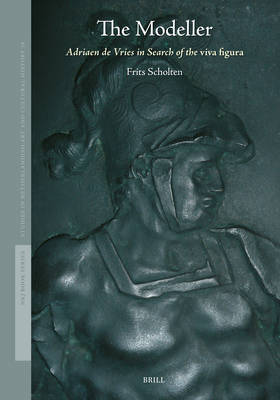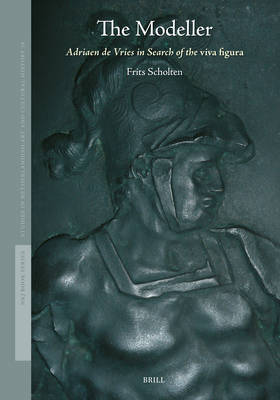
- Afhalen na 1 uur in een winkel met voorraad
- Gratis thuislevering in België vanaf € 30
- Ruim aanbod met 7 miljoen producten
- Afhalen na 1 uur in een winkel met voorraad
- Gratis thuislevering in België vanaf € 30
- Ruim aanbod met 7 miljoen producten
Zoeken
Omschrijving
"In these days the most famous modeller" this is how the Dutch sculptor Adriaen de Vries (1556-1626) was characterised in 1621. A virtuoso modeller, De Vries explored new ways to enliven his art. His bronze sculptures were made in a radically new, sketchy style, with free figure compositions and a vigorous treatment of human anatomy, often balancing on the border between realism and distortion.
This book explores how and why a Late-Renaissance sculptor broke so drastically with the prevailing stylistic paradigm of his time, in search of vivezza, natural liveliness, and the viva figura, the statue on the brink of coming to life. Adriaen de Vries aimed to create sculptures that move in the metaphorical no-man's land between death and life, back and forth from inert bronze to apparent vitality, as this study will argue.
This book explores how and why a Late-Renaissance sculptor broke so drastically with the prevailing stylistic paradigm of his time, in search of vivezza, natural liveliness, and the viva figura, the statue on the brink of coming to life. Adriaen de Vries aimed to create sculptures that move in the metaphorical no-man's land between death and life, back and forth from inert bronze to apparent vitality, as this study will argue.
Specificaties
Betrokkenen
- Auteur(s):
- Uitgeverij:
Inhoud
- Aantal bladzijden:
- 428
- Taal:
- Engels
- Reeks:
- Reeksnummer:
- nr. 19
Eigenschappen
- Productcode (EAN):
- 9789004737327
- Verschijningsdatum:
- 6/08/2025
- Uitvoering:
- Hardcover
- Formaat:
- Genaaid
- Afmetingen:
- 178 mm x 252 mm
- Gewicht:
- 1279 g

Alleen bij Standaard Boekhandel
+ 482 punten op je klantenkaart van Standaard Boekhandel
Beoordelingen
We publiceren alleen reviews die voldoen aan de voorwaarden voor reviews. Bekijk onze voorwaarden voor reviews.








